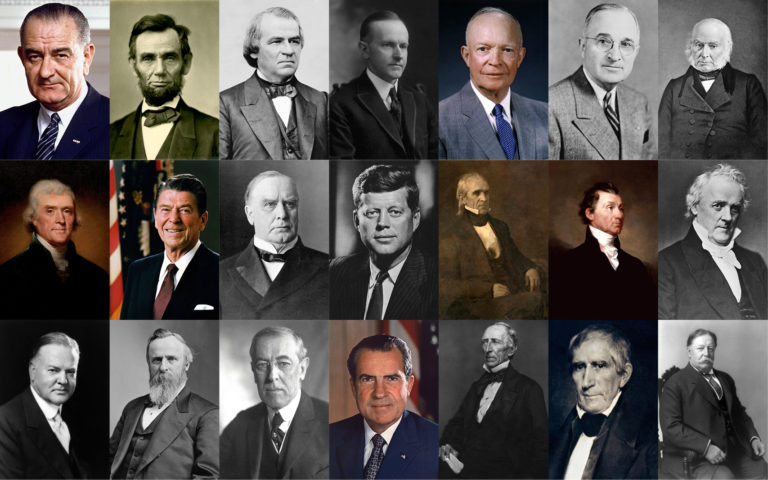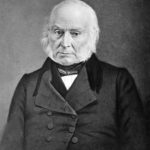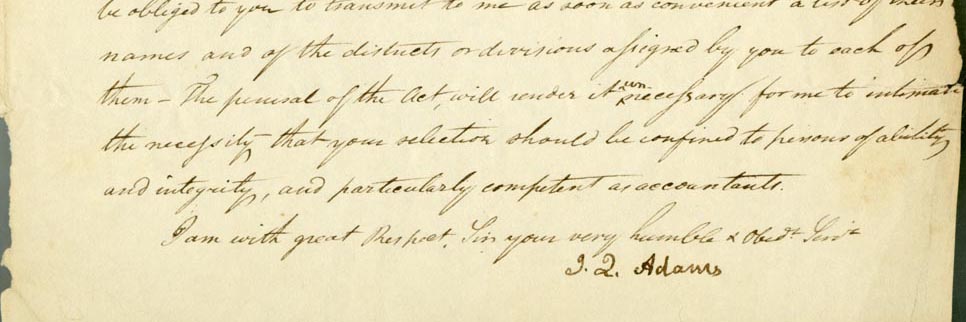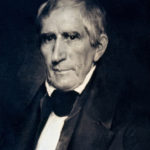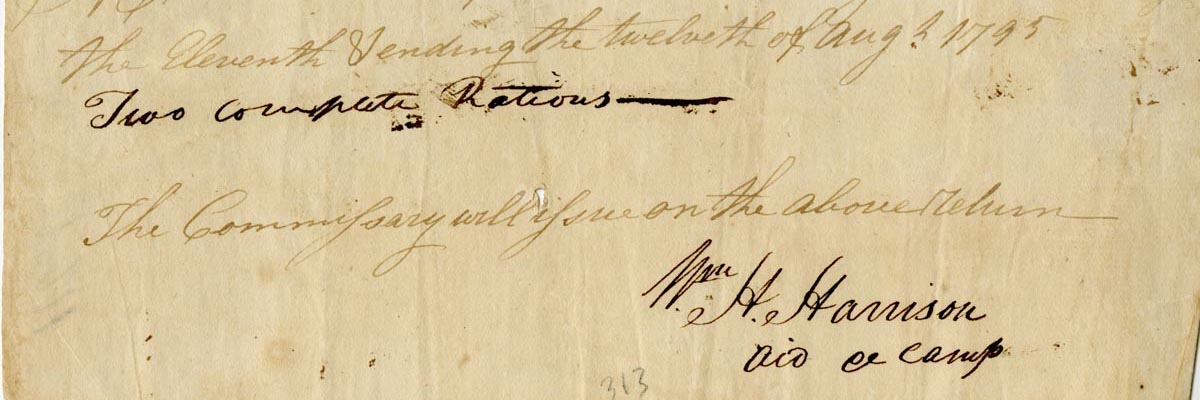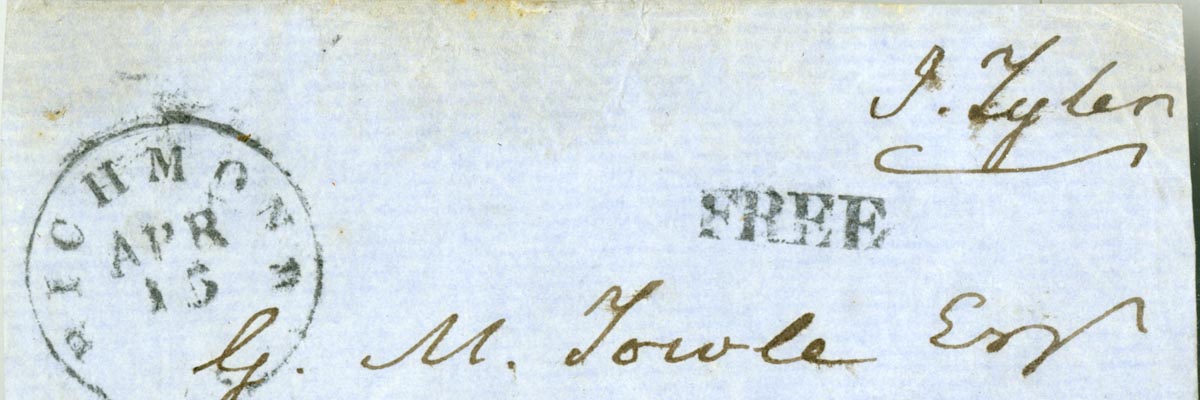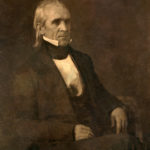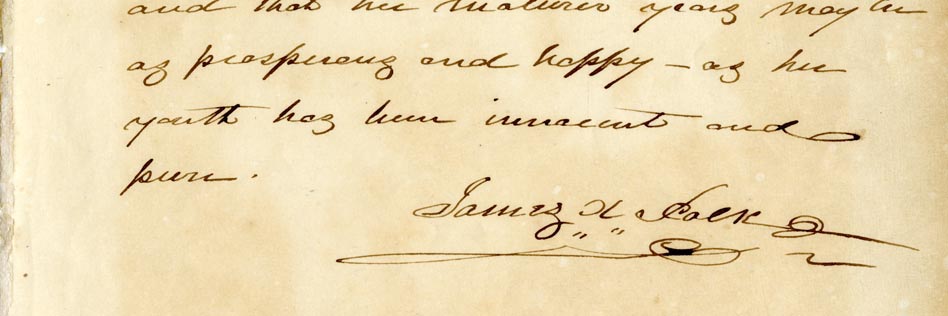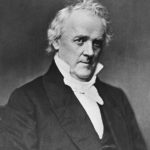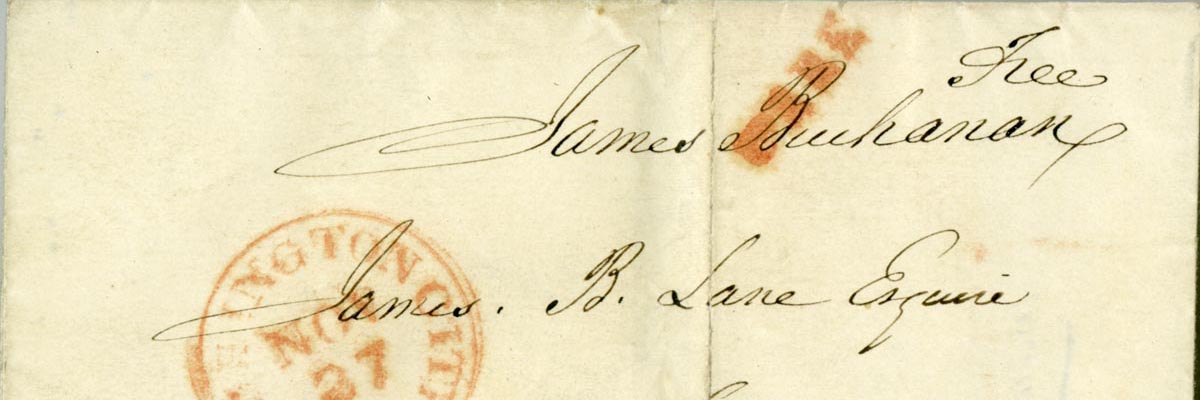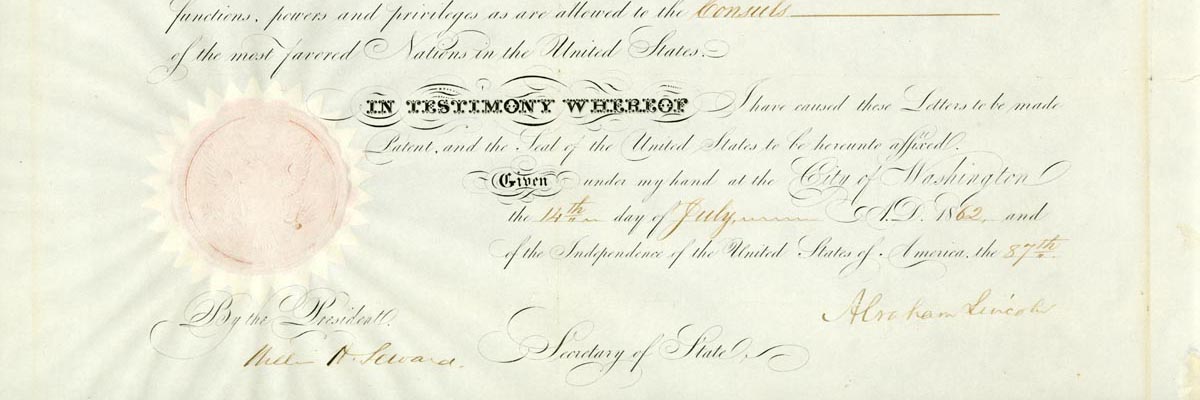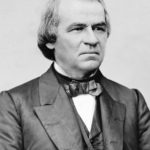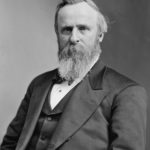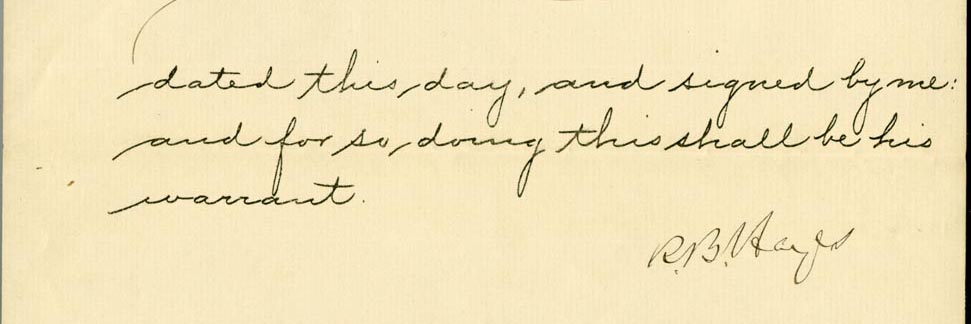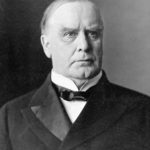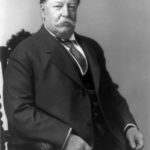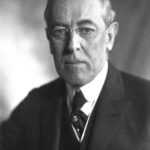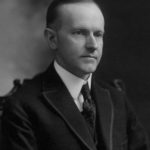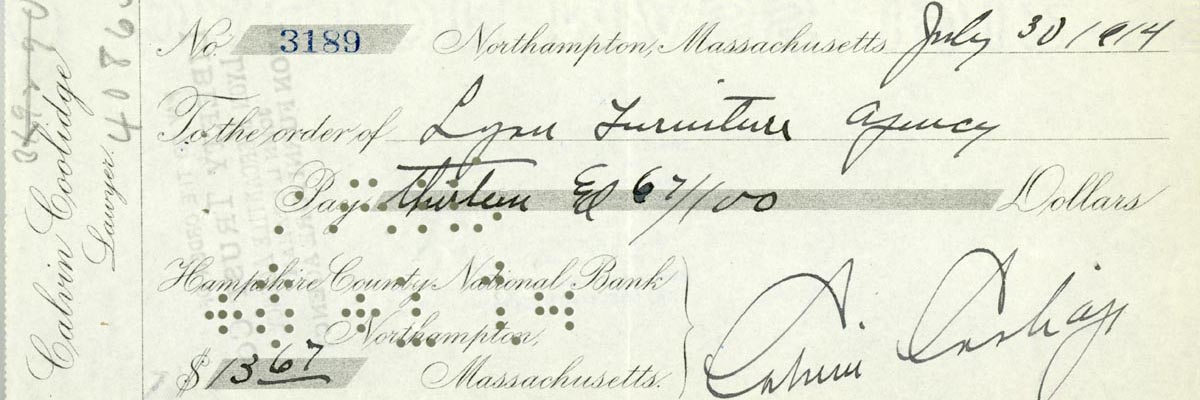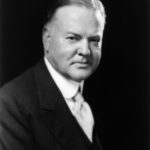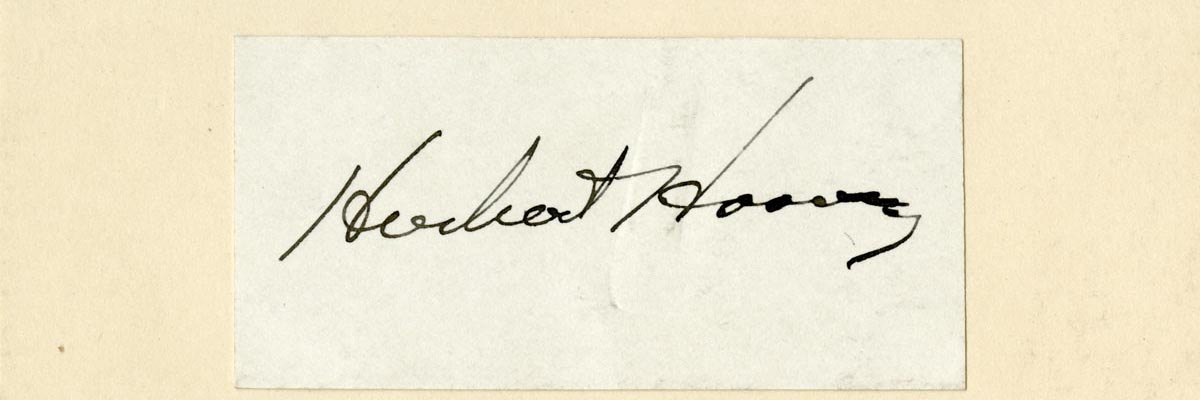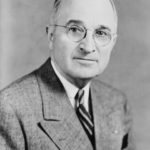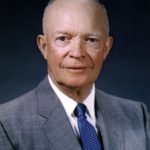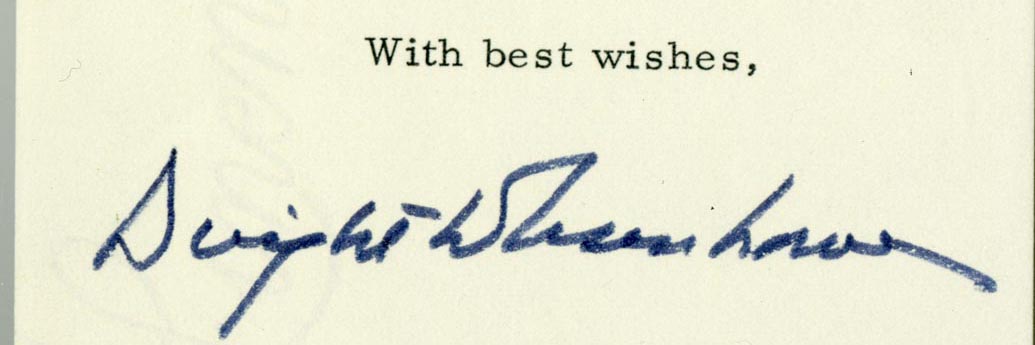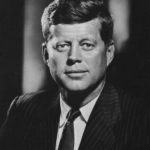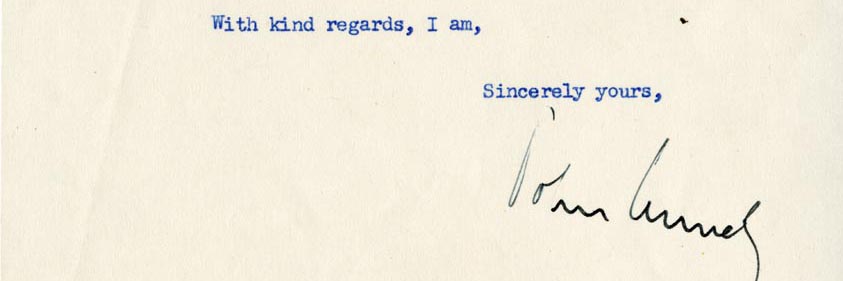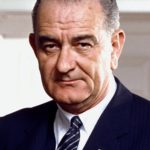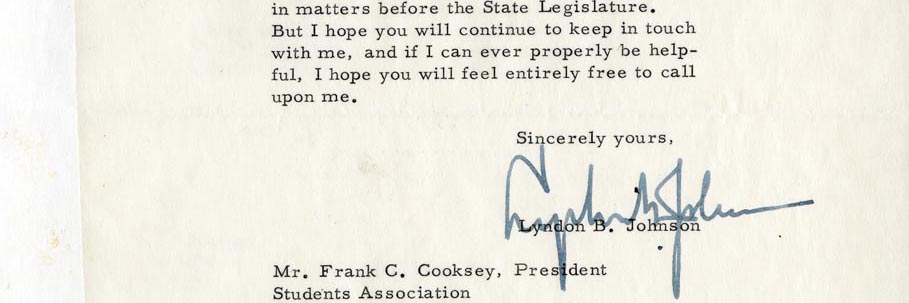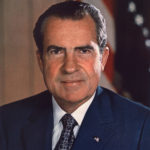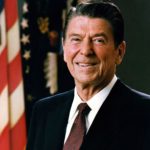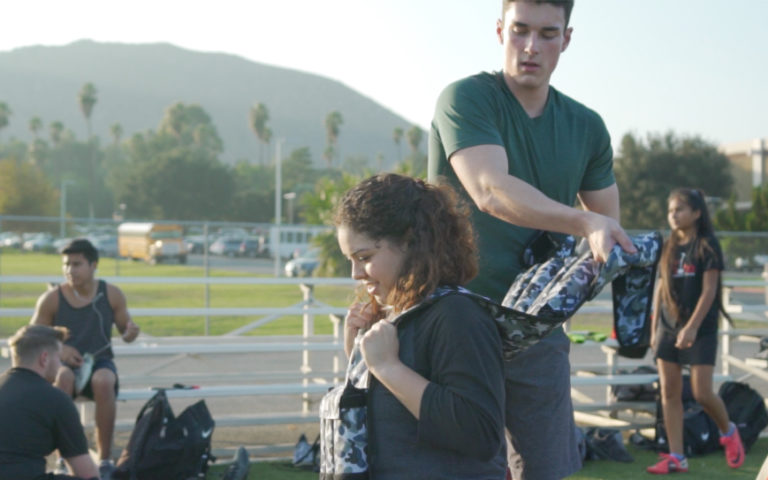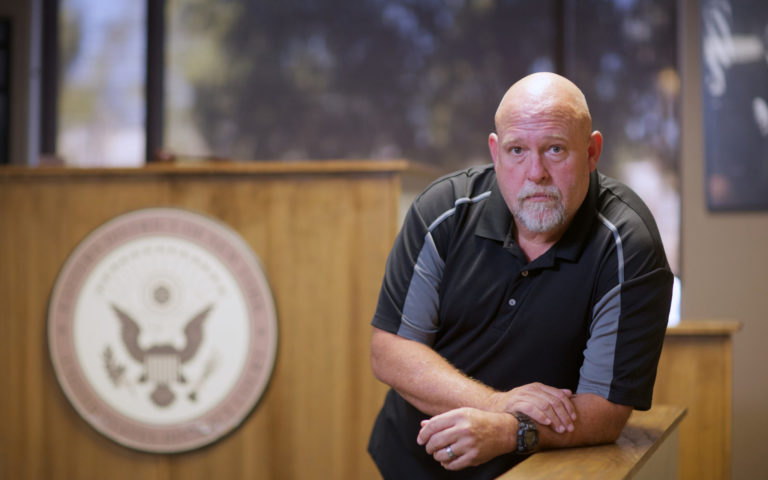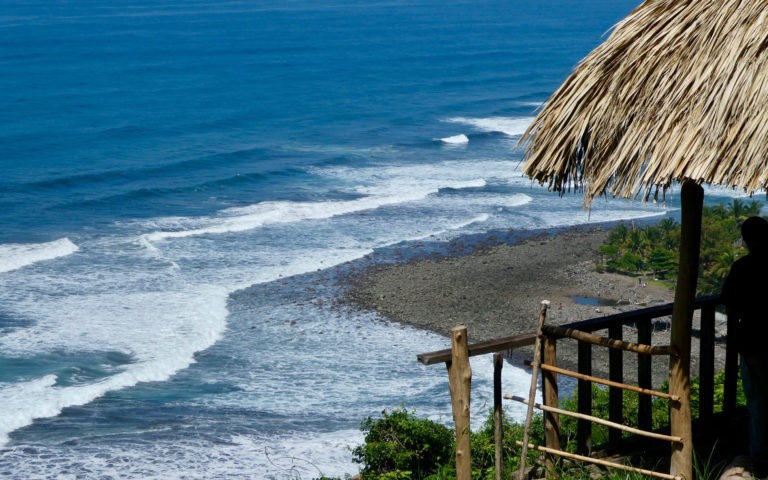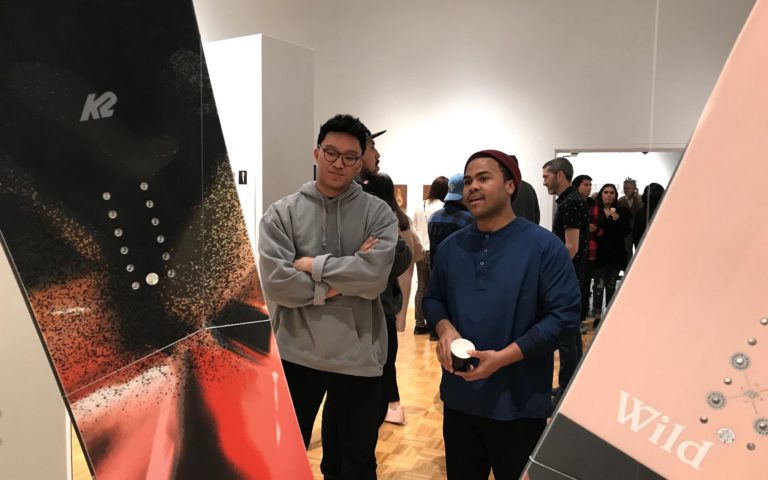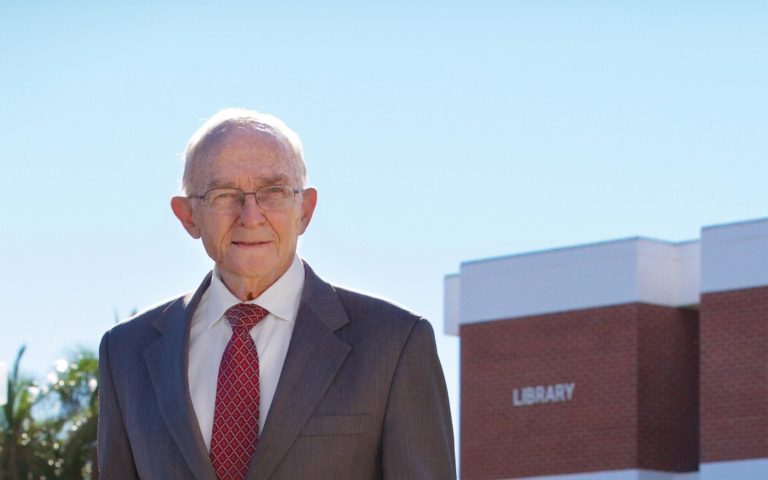Buried deep in the vault of the Heritage Room of the university library is La Sierra’s connection to Abraham Lincoln. And Ronald Reagan, and other presidents, going all the way back to John Quincy Adams. Presidential signatures, donated to the library, are affixed to official documents and publicity photos. Some show beautiful, old-style penmanship. Others are hard to read. All are treasures of America’s past, preserved for future generations.
READ ON to see the signatures and learn about the presidents they represent.
John Quincy Adams
6th President (1825-1829)
Son of 2nd President John Adams
Also served as Senator, U.S. Representative, Secretary of State, and ambassador to Russia
William Henry Harrison
9th President (March 4, 1841 to April 4, 1841)
Elected on the slogan “Tippecanoe and Tyler Too”
Son of a Founding Father and grandfather of the 23rd President, Benjamin Harrison
Died just one month after delivering an inaugural address near two hours long
Served in the military, Congress, and as ambassador to Colombia
John Tyler
10th President (1841-1845)
Was the first vice president to become president following the death of the incumbent (William Henry Harrison)
Signed into law the annexation of Texas
Was elected to the Confederate House of Representatives and died shortly after
James Polk
11th President (1845-49)
Served as governor of Tennessee and speaker of the U.S. House of Representatives
During his presidency, the U.S. fought and won the Mexican-American War, which resulted in the annexation of the area eventually known as California, Arizona, Nevada, New Mexico, Utah, and portions of Colorado and Wyoming.
While president, he purchased slaves.
James Buchanan
15th President (1857-1861)
Served in the U.S. House of Representatives, U.S. Senate, as Secretary of State and as minister to Russia.
Considered by many historians to be one of the worst-ever presidents because he failed to deal with the secession crisis that resulted in the Civil War.
Abraham Lincoln
16th President (1861-1865)
Was a self-educated lawyer and served two terms in the U.S. House of Representatives
His election was swiftly followed by the secession of Southern states and the formation of the Confederacy. Skillfully led the nation during the Civil War; issued the Emancipation Proclamation. Consistently rated as one of the best, or even the best U.S. president ever.
Doris Kearns Goodwin, writing in her recent book Leadership in Turbulent Times, tells how a childhood friend, Nathaniel Grigsby, described Lincoln learning to write: “When he first learned how to print the letters of the alphabet, he was so excited that he formed ‘letters, words and sentences wherever he found suitable material. He scrawled them in charcoal, he scored them in the dust, in the sand, in the snow—anywhere and everywhere that lines could be drawn.’ He soon became ‘the best penman in the neighborhood.’”
The lasting result of his early efforts are apparent in his signature in the La Sierra library, affixed to a document appointing Friedrich Kuhne of New York to be consul of the Principality of Schwarzburg-Sondersausen.
Andrew Johnson
17th President (1865-1869)
Became president upon the assassination of Abraham Lincoln.
Had served as a Congressman and then Senator from Tennessee. He was the only Senator from a Confederate state who did not give up his seat after secession.
He opposed the 14th amendment giving citizenship to Americans who had been slaves.
Impeached by the U.S. House of Representatives, he avoided being removed from office by a margin of one vote in the U.S. Senate.
He was later elected Senator again, being the only former president to return to that body.
Rutherford B. Hayes
19th President (1877-1881)
Lost the popular vote but won the election in the Electoral College. Served bravely as an officer in the Civil War and was wounded five times.
As a lawyer, he defended slaves in court before emancipation.
Served as a Congressman for one term and was for six years governor of Ohio.
William McKinley
25th President (1897-1901)
Fought in the Civil War, starting as an enlistee and rising to brevet major.
Defeated William Jennings Bryan and kept the country on the gold standard. Also raised tariffs.
Was president during the Spanish-American war.
Was assassinated shortly after beginning his second term in office.
William Howard Taft
27th President (1909-1913)
Son of a Secretary of War and U.S. Attorney General
After leaving office, was a professor at Yale and was then appointed Chief Justice of the U.S. Supreme Court by President Warren G. Harding.
This signature is on a letter to the Honorable Frederick N. Judson in 1918 after Taft had left office.
Woodrow Wilson
28th President (1913-1921)
Was the first Southerner to be president since the Civil War.
Was one of the best-educated presidents, holding a PhD degree and serving as president of Princeton University before becoming governor of New Jersey before his election as U.S. president.
During his eventful two terms in office, the United States fought in World War I, established a federal income tax and central bank (the Federal Reserve), and set up the Federal Trade Commission.
His signature is affixed to a letter to Professor Crew while Wilson was president of Princeton.
Calvin Coolidge
30th President (1923-1929)
Though born in Vermont, he served as governor of Massachusetts.
He served as vice president in the Warren Harding administration and became President after Harding died in office. He was elected in his own right in 1924 and was in office during “roaring ‘20s.”
Herbert Hoover
31st President (1929-1933)
Hoover had the misfortune of being president when the stock market crash of 1929 ushered in the Great Depression. He did not favor involving the federal government in efforts to get the economy going and was voted out of office in 1932 when Franklin Roosevelt won the election.
During World War I, he served as the “food czar” of the U.S. and after the war headed the American Relief Agency, which helped feed populations in Eastern and Central Europe.
Harry S. Truman
33rd President (1945-1953)
When Franklin Roosevelt died early in his fourth term, Truman became President and presided over the end of World War II and the Marshall Plan for rebuilding Europe. He also helped to create NATO and fought the Korean War to fight the spread of communism in the Korean peninsula.
His best known phrase: “The buck stops here.”
Dwight D. Eisenhower
34th President (1953-1961)
Supreme Commander of the Allied Expeditionary Forces in Europe during World War II, he later held the same title as head of NATO.
Eisenhower was the first president to be baptized while in office.
During his presidency, the Interstate Highway System was developed. He also signed the Civil Rights Act of 1957 and sent troops to Little Rock, Arkansas, to enforce desegregation in public schools.
John F. Kennedy
35th President (1961-1963)
Kennedy was decorated for his service in the Navy during World War II in the Pacific. Returning home, he was elected to Congress from his home state of Massachusetts and later served as a Senator.
In 1961, he became the first Roman Catholic elected President. With his glamorous wife, Jacqueline, he ushered in what was known as the “Camelot” era until he was assassinated in Dallas in 1963.
This document, written on Congressional stationery, is in response to a request for a photograph.
Lyndon B. Johnson
36th President (1963-1969)
Johnson was sworn in as president as Jacqueline Kennedy stood by his side in a blood-stained dress and the nation grieved the loss of JFK.
Before becoming vice president, Johnson had been a powerful legislator as Senate Majority Leader. His political skills helped him as president to win victories in what he declared as a “War on Poverty.” During his presidency, he signed major legislation on civil rights, voting rights, Medicare and Medicaid. His conduct of the war in Vietnam, however, was much less successful, eventually leading him to announce that he would not seek or accept the nomination of his party for re-election in 1968.
Richard M. Nixon
37th President (1969-1974)
Nixon served two terms as vice president with Dwight Eisenhower before losing an extremely close election to John F. Kennedy in 1960. He ran again and won the presidency in 1968. Viewed as a successful president in foreign affairs, he brought the Vietnam War to an end and opened diplomatic relations for the first time with the People’s Republic of China. Americans landed on the moon during his first term in office.
His downfall, however, came in the Watergate affair. On August 9, 1974, he became the only president to resign from office. Pardoned by his successor, Gerald Ford, he spent the rest of his life writing and serving the role of elder statesman.
His signature is affixed to a publicity photo.
Ronald Reagan
40th President (1981-1989)
In his first career, Reagan was a successful Hollywood actor. Moving to politics, he served two terms as governor of California. During this time his wife, Nancy, visited the La Sierra campus.
In 1980, at the age of 69, he defeated Jimmy Carter to become president.
During his presidency, the economy flourished. He also survived an attempted assassination. He did much to help bring about the fall of the Iron Curtain, especially through his engagement with Soviet General Secretary Mikhail Gorbachev. Less than a year after he left office, the Berlin Wall came down. Among his most famous quotes: “Mr. Gorbachev, tear down this wall.”
This signature is on White House stationery and is dated October 15, 1982. It is a letter specifically addressed to the La Sierra Campus of Loma Linda University on the occasion of its 50th anniversary.
A campaign is currently underway to increase resources of the La Sierra University library. To learn more about the campaign, what it will benefit, and how you can help, Click Here

